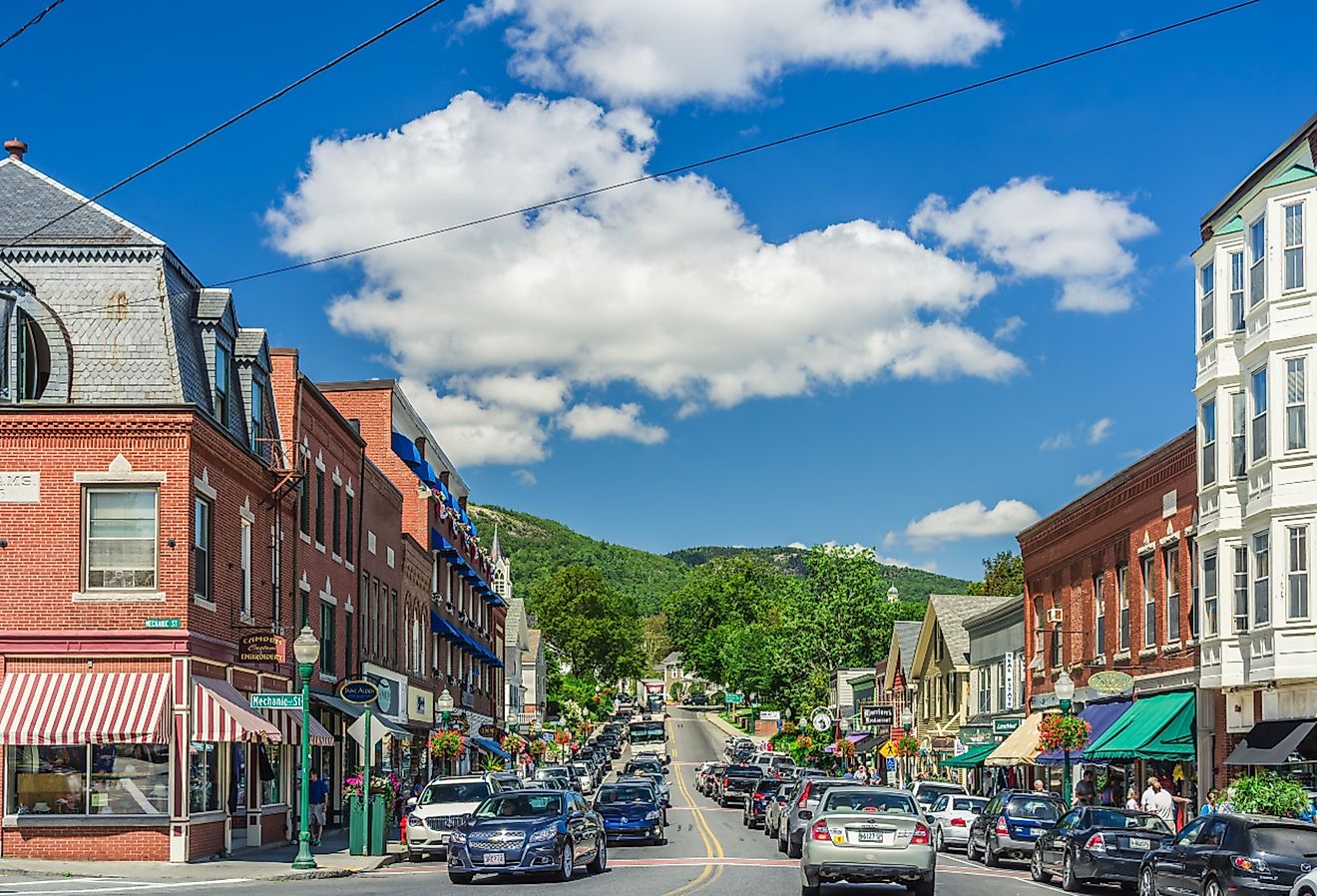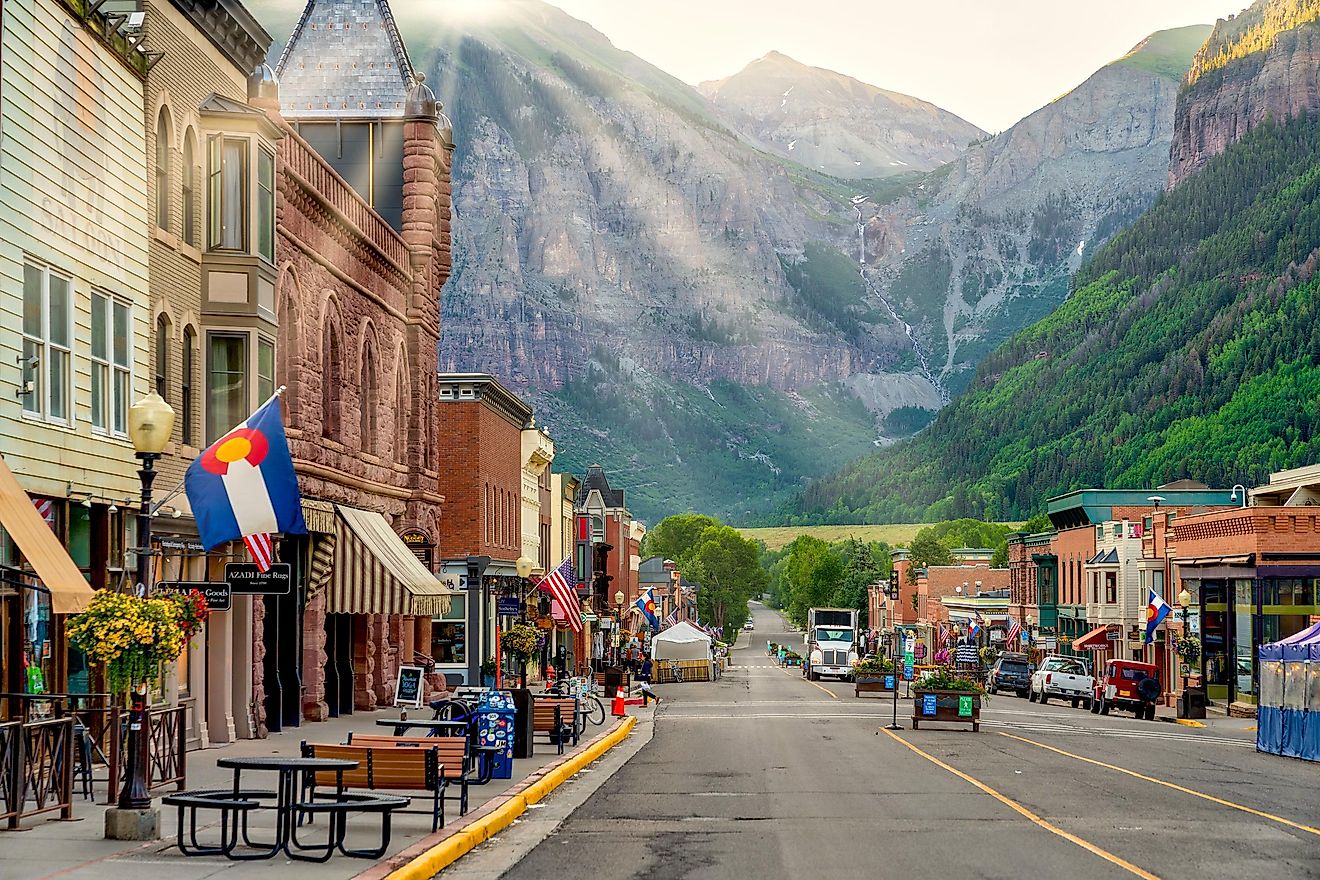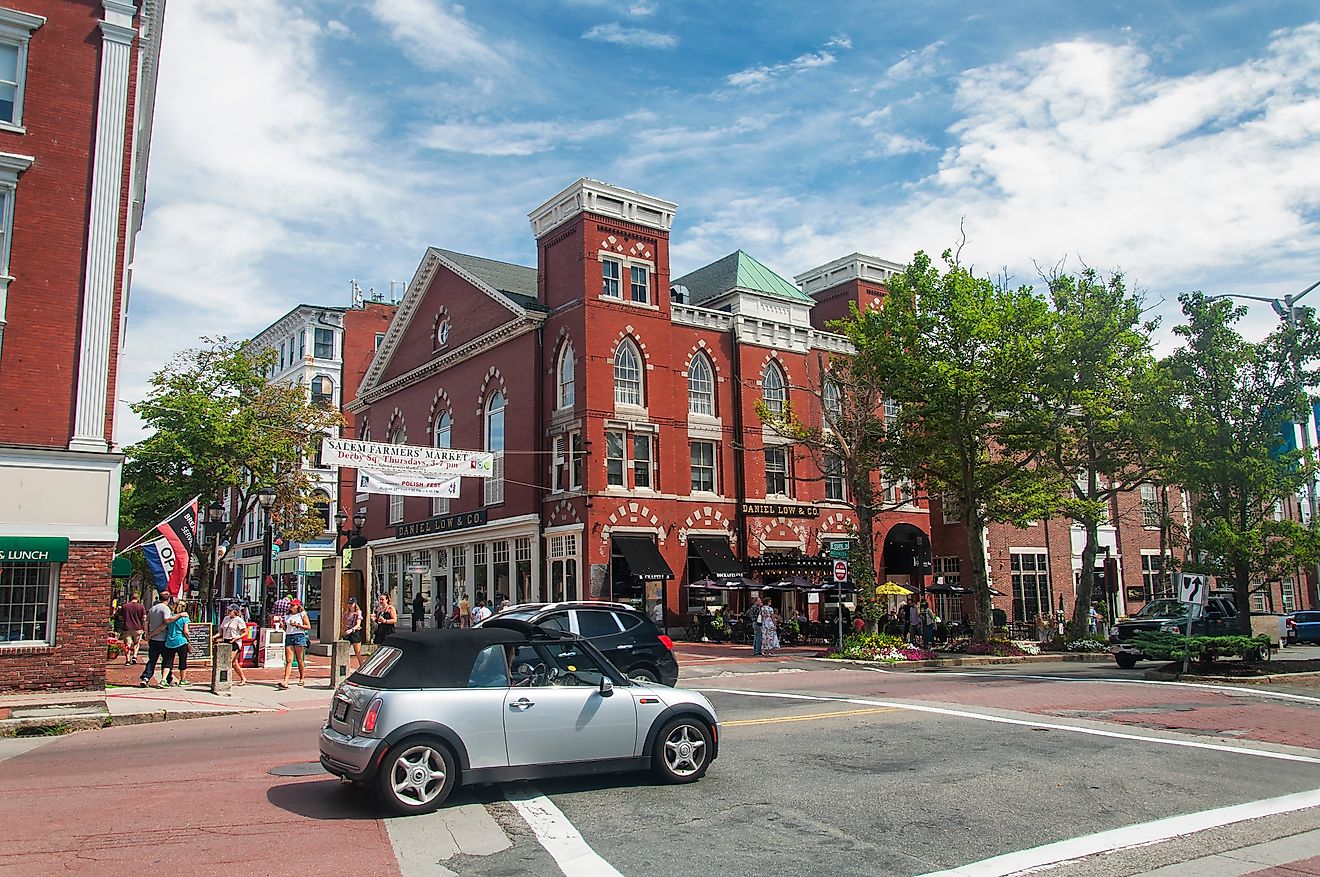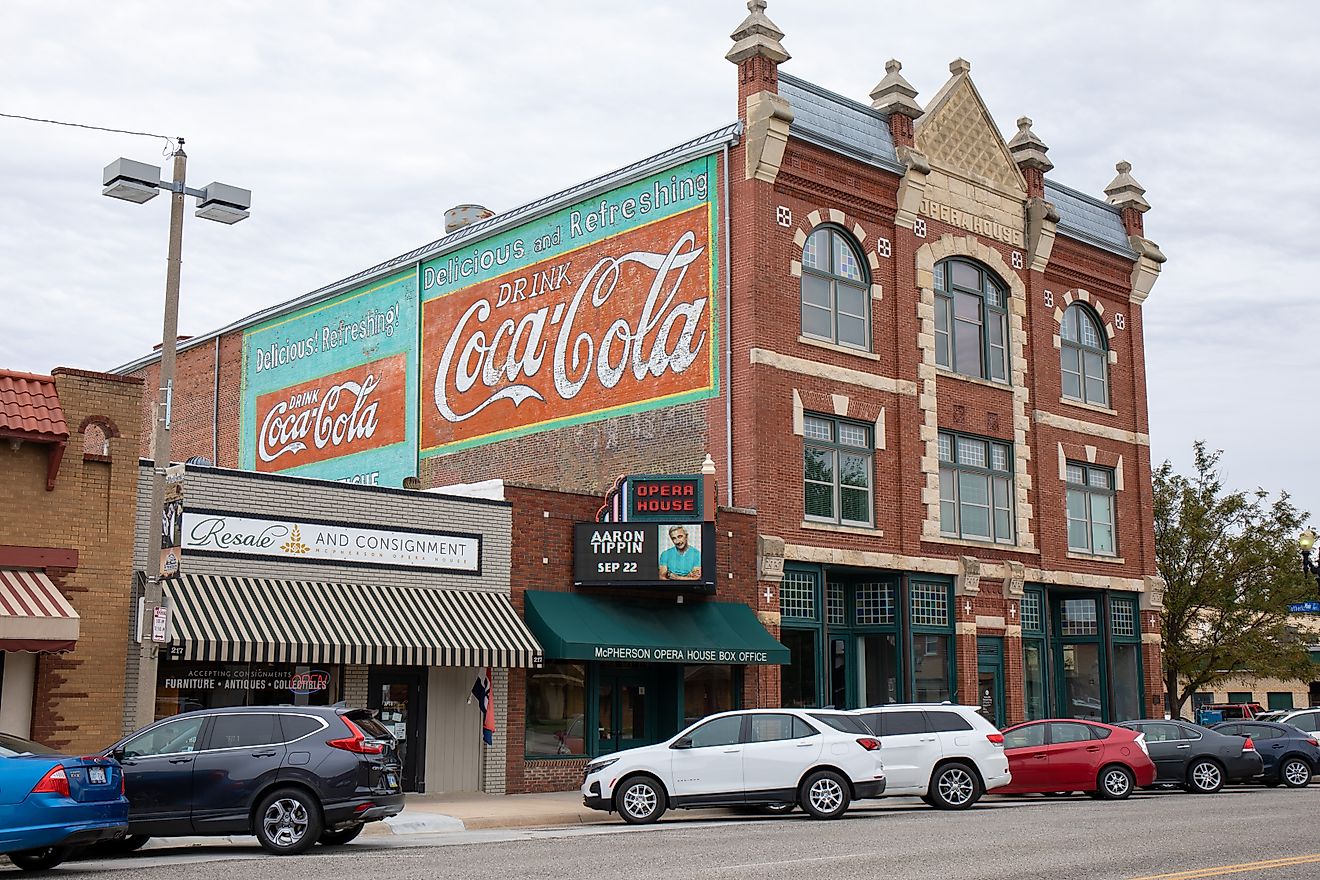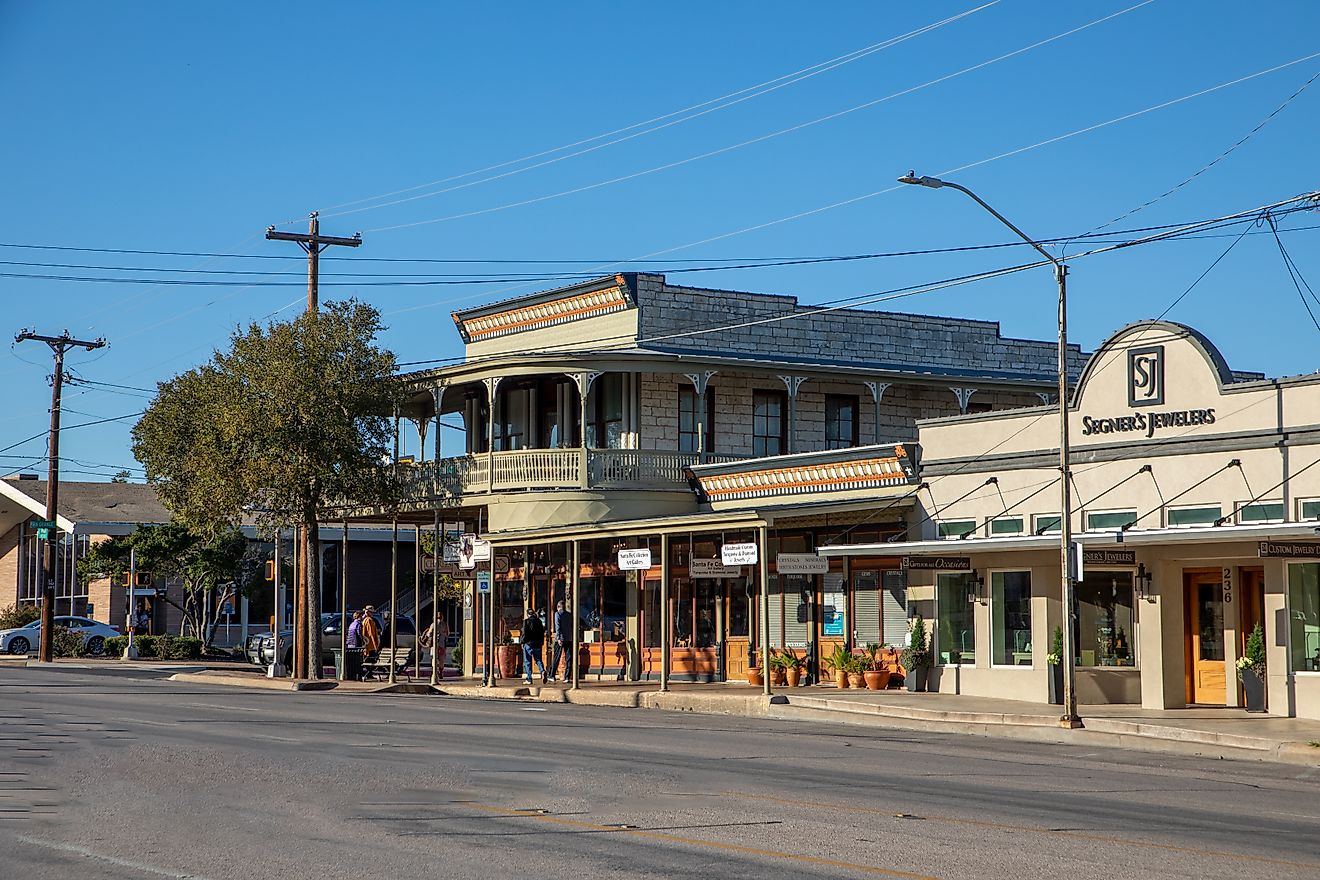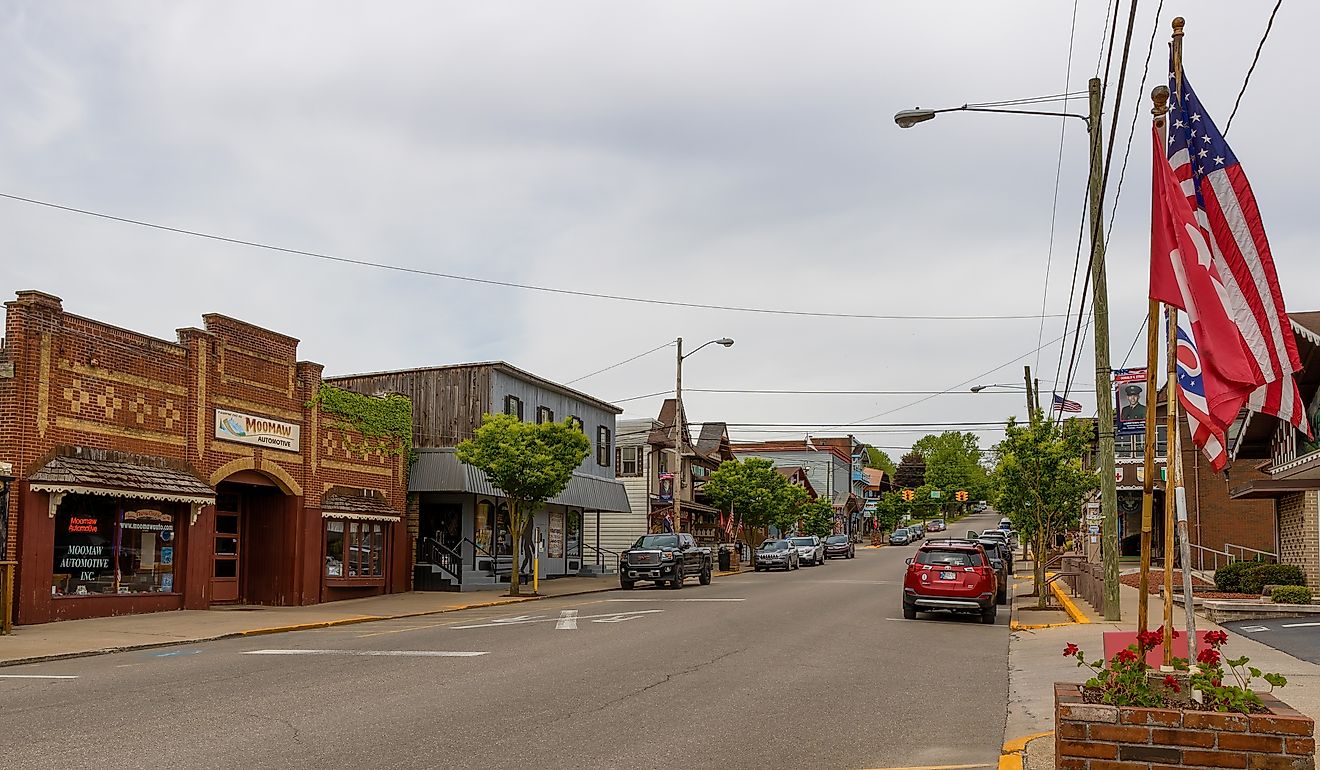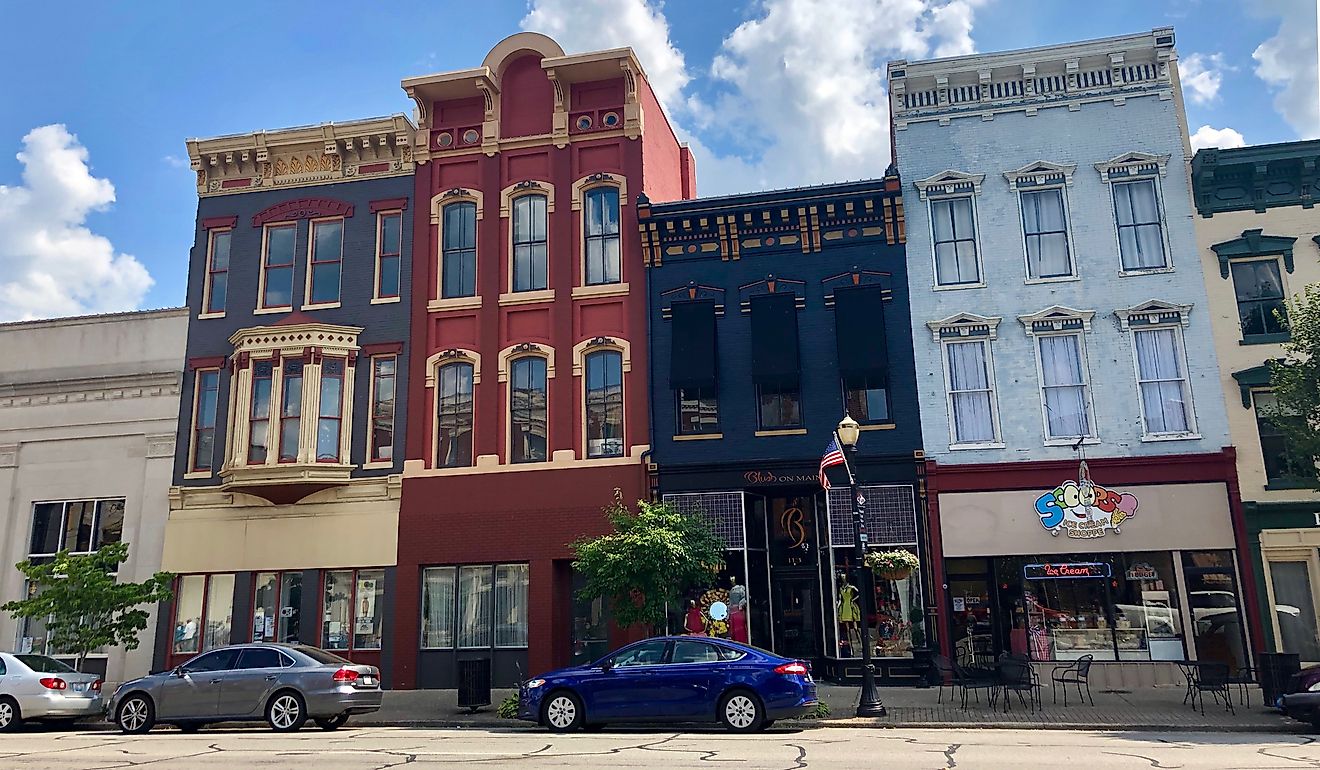Kootenay National Park, Canada
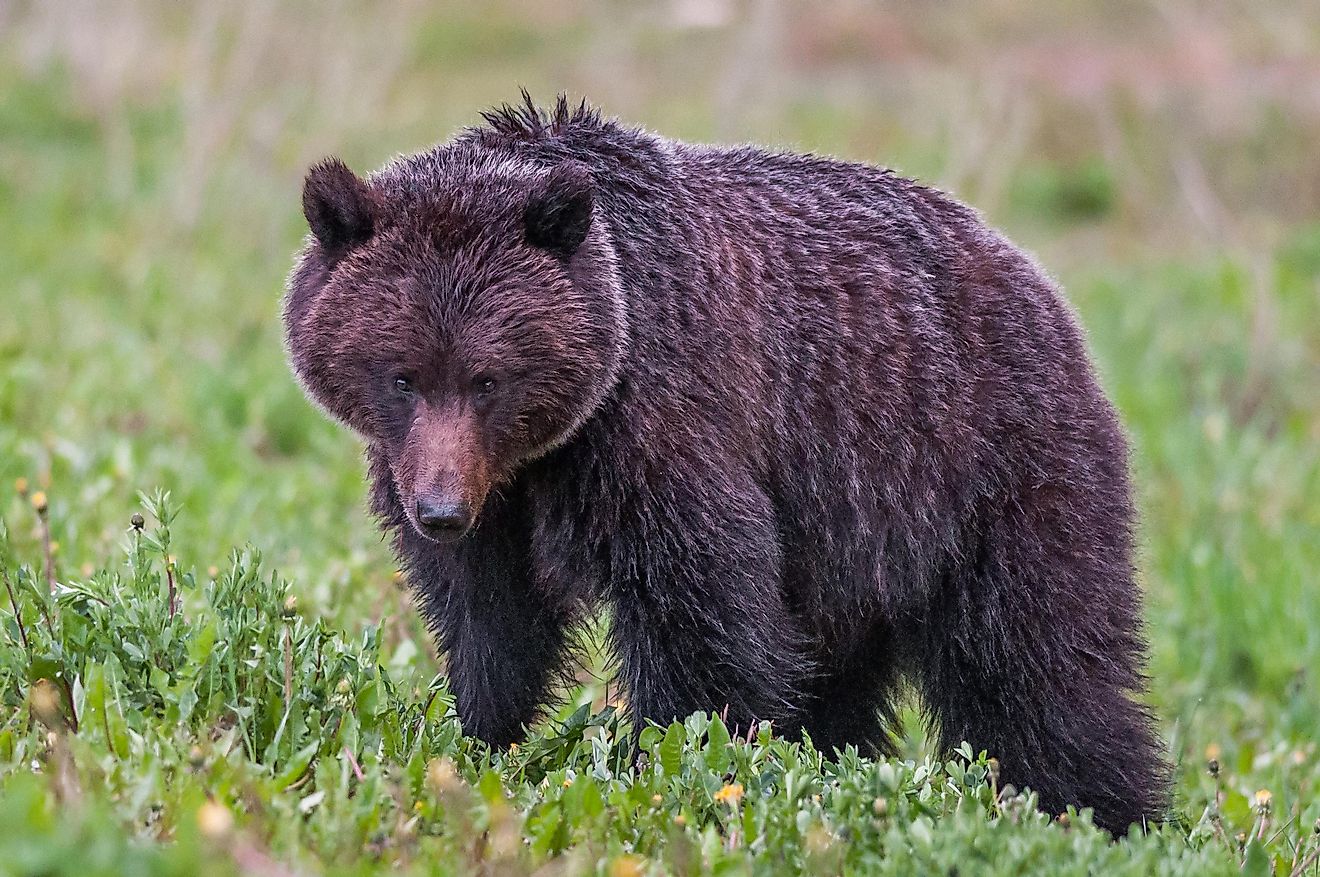
Kootenay National Park was established in 1920, and is located in the Canadian Rockies, in the province of British Columbia. It is bordered by Banff National Park to the east, and Yoho National Park to the north. Kootenay measures 1,406 square kilometers, and includes mountain ranges, forested valleys, meadows, lakes, rivers and hot springs.
Landscape
The landscape of Kootenay National Park is vast and varied. It contains everything from grassy meadows to mountain ranges, canyons, lakes, glaciers, and hot springs.
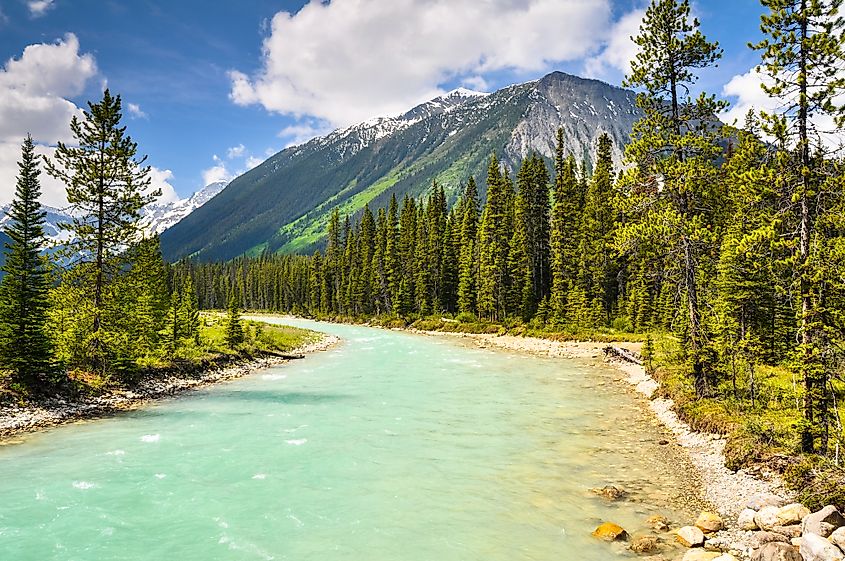
The park is primarily named after the Kootenay Ranges, part of the Western ranges of the Canadian Rockies. These ranges include Mount Breland, to the west, as well as Mount Kindersley, Mount Sinclair, and Redstreak Mountain. Nestled against Mount Sinclair is the Kootenay River. Following the river along brings Mitchell Range and Vermillion Range, part of the Park Ranges which lie inside Kootenay National Park. Also included are the Vermillion River, and Mount Wardle of the Vermilion range, as well as Spar Mountain. These peaks look over more of the Kootenay River, and open onto the Kootenay River Valley below.
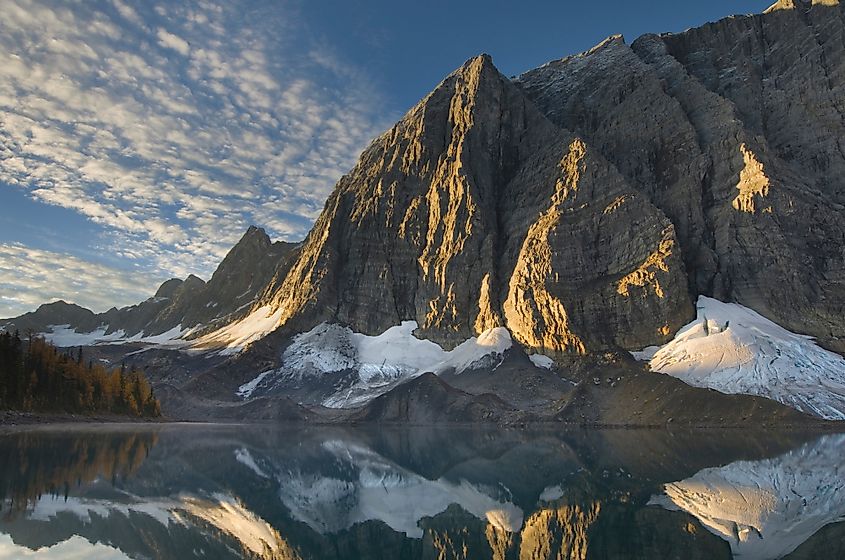
Other canyons that fall between these impressive mountain ranges include Sinclair Canyon and Marble Canyon. The nature of the rock in Marble Canyon is such that fossils have recently been discovered there. As of 2014, a number of impressive fossils - including soft-bodied organisms - were found in the canyon. The park is not only mountains and canyons, though. One of the main attractions in Kootenay are the natural hot springs. These naturally occurring springs run at temperatures between 35 and 47 degrees Celsius, for 95 to 117 Fahrenheit. The main hot springs are known as Radium Hot Springs, and have been developed into bathing pools, as well as lodging areas.
Kootney is also known for “paint pots”. Like hot springs, the paint pots are naturally occurring mineral springs, however these contain cold acidic water. The pools are rich in iron oxide, which give them a red-brown tint, though some pools appear more yellow or ochre depending on their mineral makeup. The pools are known as paint pots since the ochre was used as pigment by early Ktunaxa people, and the iron oxide was later used in paint manufacturing.
Flora
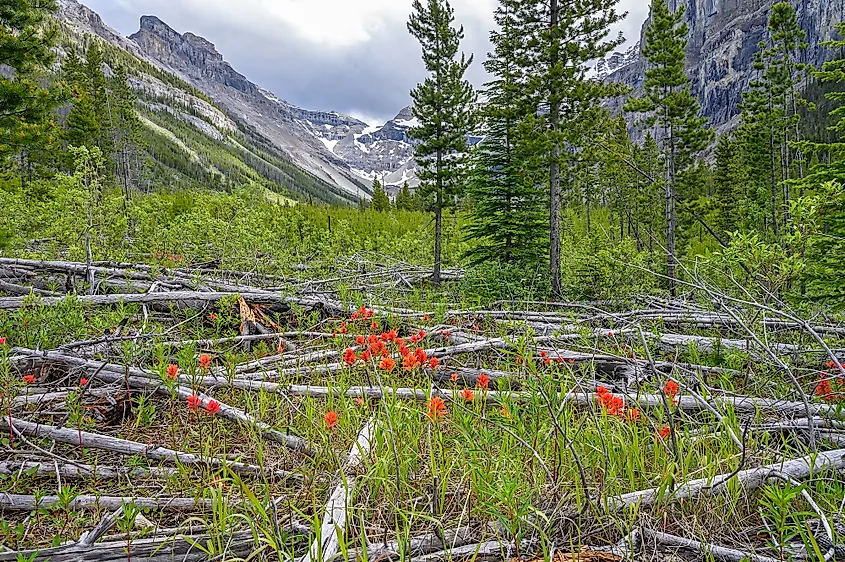
The varying landscape of Kootenay National Park means there is also a variety of plant life that grows in and around this region. The upper sectors of the mountains and ranges are primarily subalpine. Subalpine regions include mainly spruce and firs, such as the Engelmann spruce tree, white spruce, and subalpine fir. Alpine areas consist mainly of montane vegetation like mountain avens, moss campion, arctic willow, and heather.
As elevation decreases, valleys and canyons give way to forested areas, which are populated by Douglas fir, lodgepole pine, poplar trees, western larch, and western red cedar. The mid-range shrub layer has a variety of plants including soapberry, pinegrass, huckleberry, Rocky Mountain maple, alder, meadow horsetail, blueberry, Canadian bunchberry, twinflower, aster, and a healthy population of Rocky Mountain juniper.
Fauna
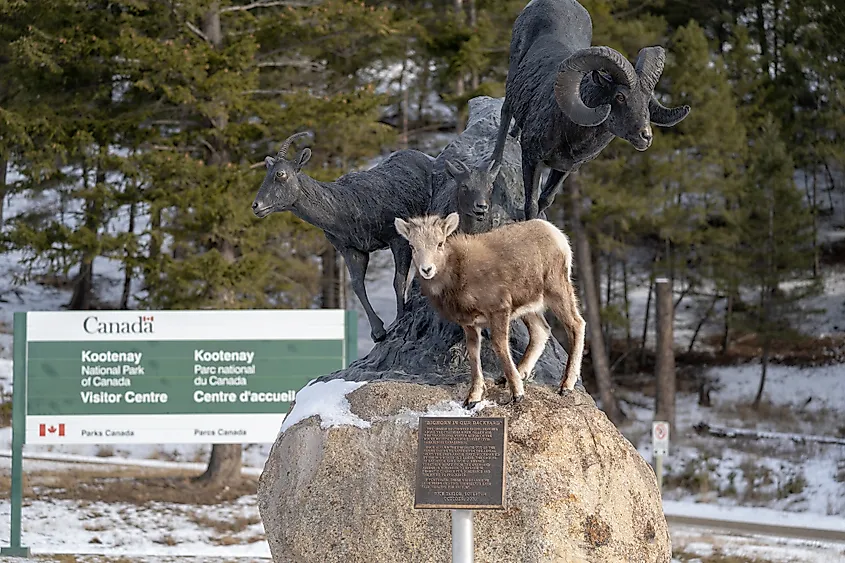
Like the vegetation, there is a range of wildlife that live in Kootenay National Park, due to the variation in landscape and elevation. In the upper reaches of the mountain ranges, bighorn sheep thrive, having adapted to the rough, rocky terrain. Similarly, mountain goats can be seen expertly maneuvering their way up and down rocky cliffs and canyons. Other hooved animals in the park include whitetail deer, mule, and elk, which live in the forested areas and graze in the valleys. The giant of the Canadian herbivores, the moose, can also be seen in this region, often near large bodies of water.
Three different types of cats also live in the park. They are the cougar, the lynx, and the bobcat. Cougar, also known as mountain lions, are the largest wildcats found in Canada, and are generally reclusive. Though there are a number of mature adults living in the park, and surrounding national parks, they are stealthy, solitary, and keep to higher elevations, so they are rarely seen by visitors and tourists. The lynx is a much smaller wild cat and is thick and stocky. It’s wide fluffy paws and long legs are ideal for moving about and hunting quietly, especially in the snow. These cats are also difficult to spot in the wild, as they are nocturnal, and rarely out and about during daylight. Bobcats are like their lynx cousins, but smaller again, and without the distinctive tufted ears and bushy tail indicative of a lynx.
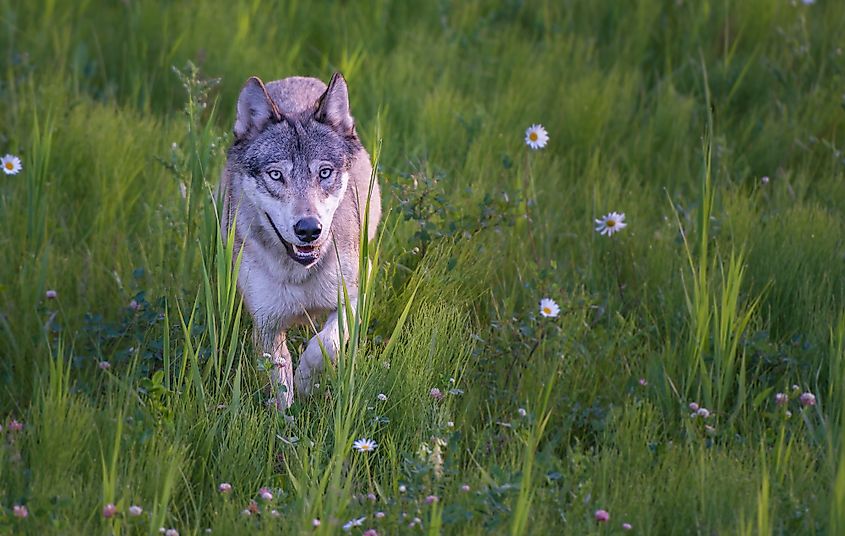
Wildcats are not the only hunters in Kootenay. The canine family is represented by wolves, coyotes, and foxes - all of which thrive in the park. Wolves are the primary hunters in the region, and hunt almost all smaller mammals that share their territory. Everything from deer to mice or hares can be a target, and these majestic dog-like creatures expertly track and hunt as a unified pack. Coyotes hunt much of the same prey, but they are smaller than their wolf cousins, and do not hunt in packs, so their prey is limited to the smaller mammals. Coyotes scavenge much of their food, and in populated areas can be seen along roadsides patrolling for roadkill. Foxes are the smallest of the canine types in Kootenay. Distinctive for their bright red-brown coats, they favour the meadows and grasslands, especially those found in the southern part of Kootenay Provincial Park.
